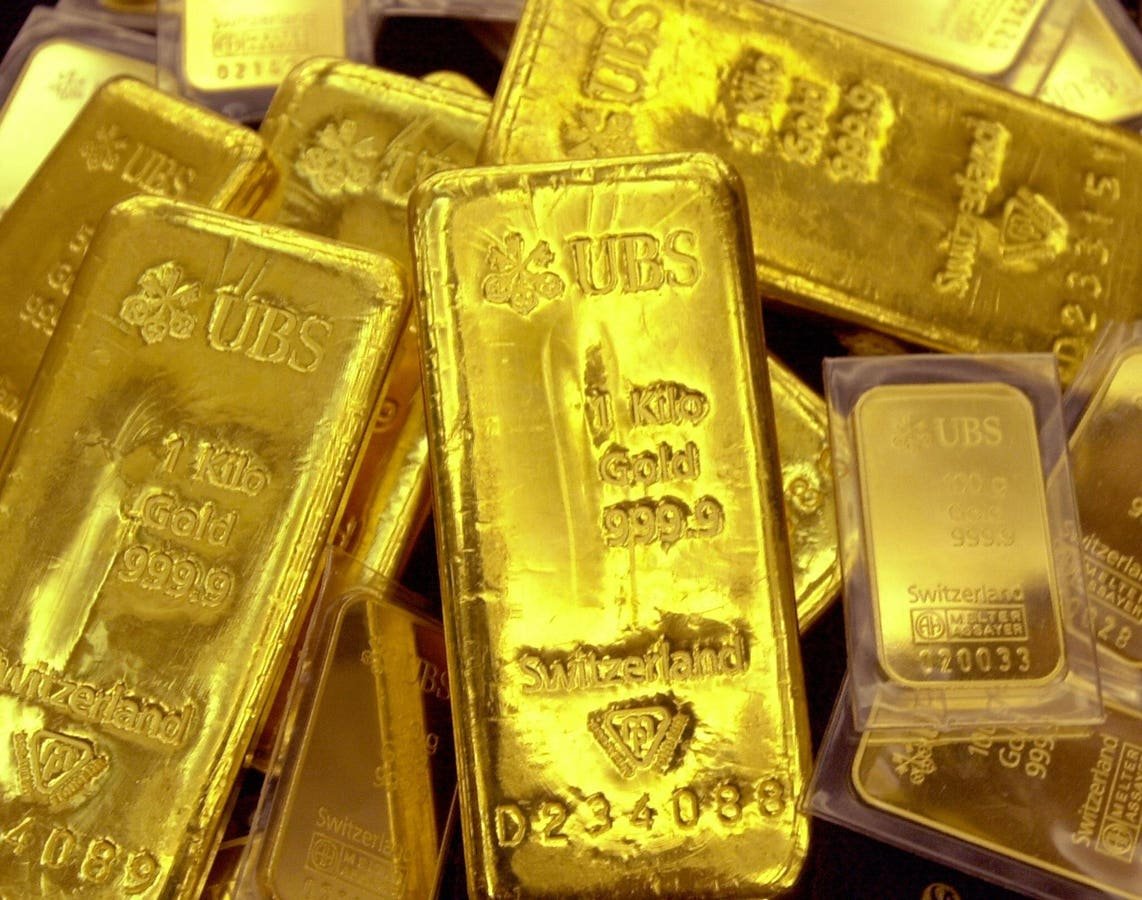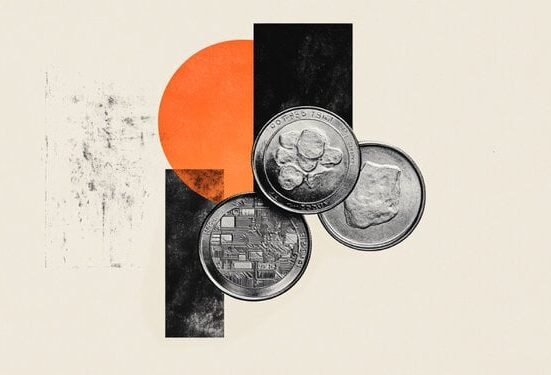Central banks stormed into the gold market in the final three months of last year, playing a key role in the metal (which doubles as a currency) hitting an all-time high today of $2865 an ounce, up 3.7% in a week and 41% over the past 12-months.
The World Gold Council (WGC), an industry lobby group, said overall gold demand last year reached an annual record of 4974.5 metric tons, up 1% on total demand in 2023 of 4945.7t.
Gold bars displayed at a bank in South Korea. Jung Yeon JE/AFP via Getty Images.
Gold’s rising price saw a significant change in the composition of the market with jewelry demand flattened by the relentless rise in the price.
Traditionally one of the major markets for gold, jewelry demand fell by 11% last year to 1877t as buyers were squeezed out of the market.
“Gold jewelry was the clear outlier,” the WGC said. “Annual consumption dropped 11% to 1877t as consumers could only afford to buy in lower quantities.”
Nonetheless the WGC said the spend on gold jewelry jumped 9% to $144 billion, as shoppers bought less gold, or lower grade gold, while paying more.
Central banks and private investors dominated the gold market last year, seeing the metal as a defence against inflation and as an asset class separate from government-controlled currencies.
“Central banks continued to vacuum up gold at an eye-watering pace, their buying exceeded 1000t for the third year in a row, accelerating sharply in the fourth quarter to 332.9t,” the WGC said.
The burst of buying in the final three months of last year represented a 53.5% increase on the 216.8t acquired in the fourth quarter of 2023.
ETF Buying At Four Year High
The WGC said annual investment in gold by individual buyers and through exchange-traded funds (ETFs) rose to a four-year high of 1180t, up 25% on last year.
“Gold ETFs had a sizeable impact,” the WGC said, adding that 2024 marked the first year since 2020 in which holdings were essentially unchanged in contrast to heavy outflows in previous year.”
“Full year (gold) bar and coin demand was in line with 2023 (1186t).
“The composition shifted as bar investment grew and coin buying reduced.”
Technology applications for gold, which includes everything from cell ‘phones to satellites, continued to grow with demand up 7% to 21t with the WGC attributing some of the growth to the expansion of artificial intelligence (AI).







